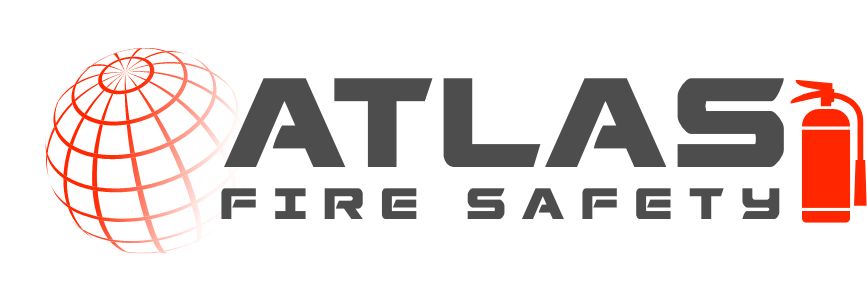Electrical Testing and Tagging: Ensuring Safety and Compliance in the Workplace
In today’s fast-paced and ever-evolving work environments, maintaining electrical safety is paramount. Electrical testing and tagging is a critical maintenance task that ensures electrical appliances and equipment are safe for use and comply with stringent safety standards. This process not only helps in preventing electrical accidents but also contributes to the longevity of the equipment. Here, we delve into the importance of electrical testing and tagging, the process involved, and why it is essential for businesses across all industries.
The Importance of Electrical Testing and Tagging
Electrical testing and tagging is a procedure where electrical appliances are inspected and tested for safety and functionality. The primary goal is to protect users from electrical hazards such as electric shock, which can lead to serious injuries or even fatalities. Additionally, this process helps businesses comply with health and safety regulations, minimising the risk of legal liabilities and potential fines.
Regular electrical testing and tagging are crucial for identifying wear and tear, defects, and other potential issues that could compromise safety. It is an integral component of a comprehensive electrical maintenance program, ensuring that all electrical equipment in a workplace is operational, safe, and does not pose any risk to employees or visitors.
The Process of Electrical Testing and Tagging
The process involves several key steps:
- Visual Inspection: The first step is a thorough visual inspection to identify any obvious damage, such as frayed cords, damaged plugs, or signs of overheating.
- Electrical Testing: Using specialised testing equipment, technicians perform several tests, including earth continuity, insulation resistance, and polarity tests, to assess the safety and functionality of the equipment.
- Tagging: After passing the tests, each item is tagged with a durable, non-reusable tag that indicates the test date, the next due date for testing, and the technician's details. The tag serves as a record of the item's compliance with safety standards.
- Record Keeping: Detailed records of all tested equipment are maintained, providing an audit trail for compliance purposes and helping manage future testing schedules.
Frequency of Testing and Tagging
The frequency of electrical testing and tagging varies depending on the type of equipment, its use, and the environment it’s used in. High-risk environments, such as construction sites, may require testing every three to six months, while office environments might only require testing every five years. The Australian Standard AS/NZS 3760:2010 outlines specific intervals for testing in different environments, ensuring businesses can adhere to best practices for electrical safety.
Why Choose Atlas Fire Safety for Electrical Testing and Tagging?
Atlas Fire Safety is a leading provider of electrical testing and tagging services, offering comprehensive solutions to ensure your workplace is safe and compliant. Our team of certified technicians uses the latest equipment and techniques to perform thorough inspections and testing, ensuring all your electrical appliances and equipment meet the highest safety standards.
Ready to Ensure Electrical Safety in Your Workplace?
Contact Atlas Fire Safety today to book an inspection for your electrical appliances and equipment. Our comprehensive testing and tagging services will provide you with the assurance that your workplace is safe, compliant, and risk-free.
